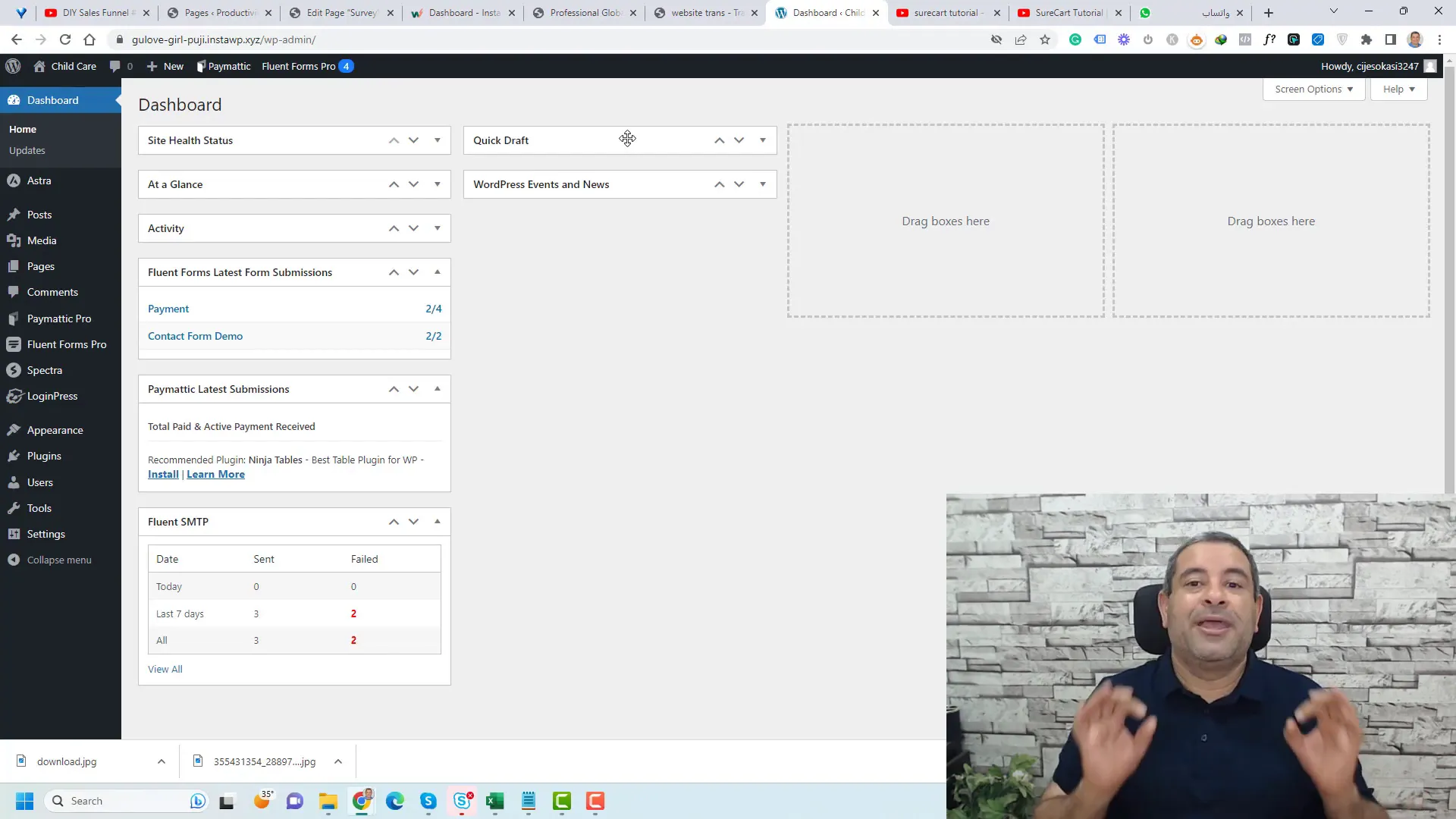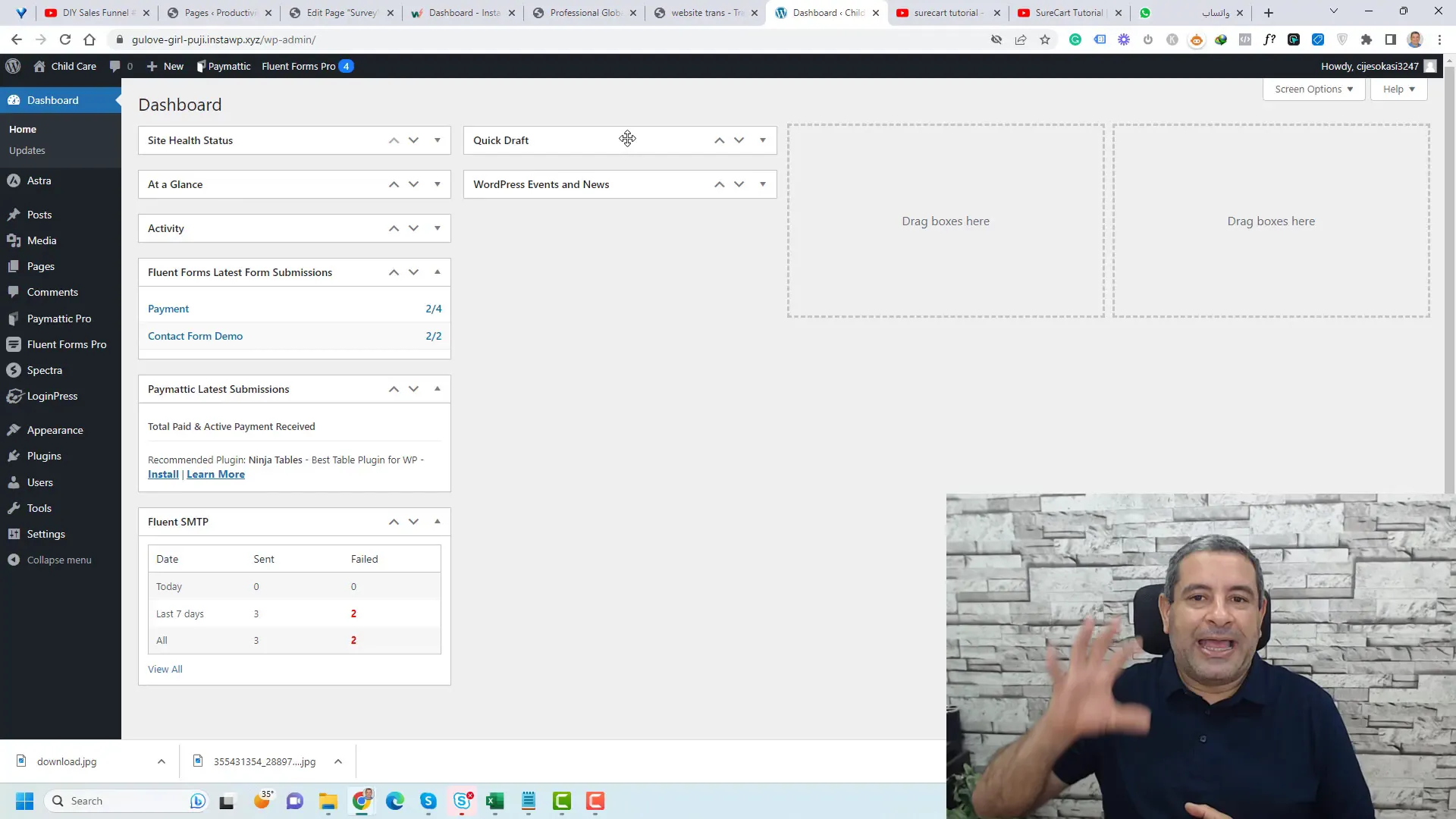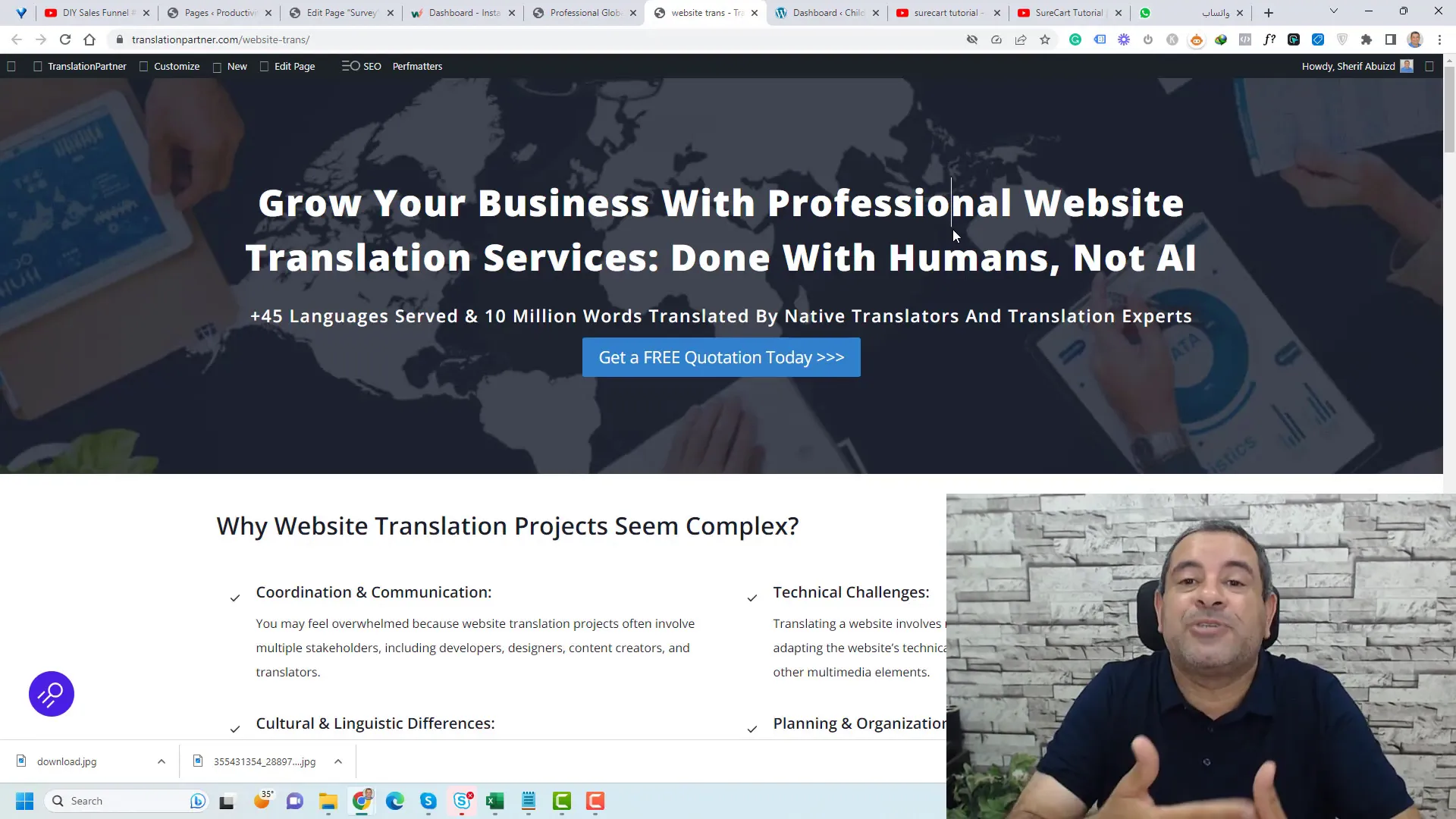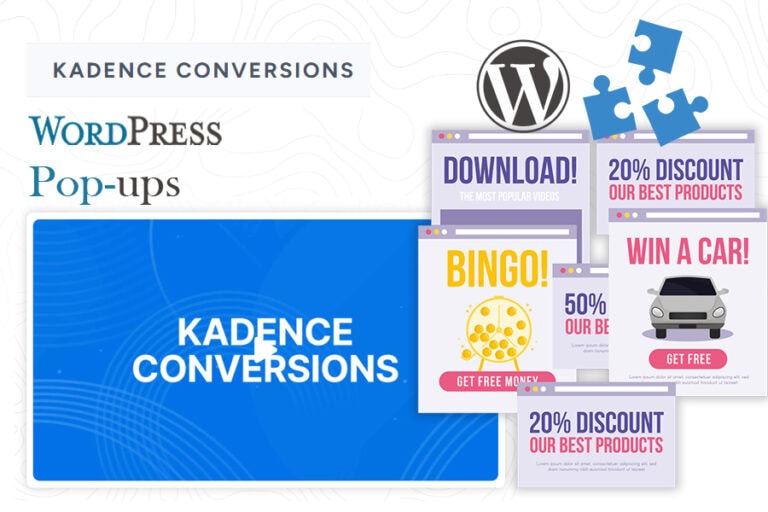In the digital marketing landscape, understanding the nuances between a website and a landing page is crucial for effective online strategies. This blog will explore the differences between these two essential components, focusing on content, goals, and navigation, and why having a website and a landing page can significantly impact your business’s success.
Introduction to Websites and Landing Pages
Understanding the distinction between a website and a landing page is essential for any business looking to enhance its online presence. A website serves as a comprehensive platform that provides various content types and navigational options. In contrast, a landing page is a focused tool designed to achieve a specific goal, often tied to marketing campaigns.
Key Differences Overview
The primary differences between a website and a landing page can be summarized in three main areas: content, navigation, and goals. Each of these elements plays a crucial role in determining how users interact with your online presence.
- Content: A landing page typically revolves around a single idea or offer, while a website encompasses a broader range of topics.
- Navigation: Landing pages usually lack navigation menus to keep visitors focused, whereas websites provide multiple navigation options.
- Goals: The goal of a landing page is often conversion-oriented, while a website aims to inform and engage visitors.
Content: The Heart of Your Message
The content on a landing page is laser-focused. It aims to communicate a specific message or offer to the visitor. For instance, if you are promoting a free ebook, all the information on the landing page will center around this ebook, highlighting its benefits and encouraging sign-ups.
On the other hand, a website contains varied content types. It can include sections about your team, services offered, testimonials, and case studies. This diversity allows businesses to present a well-rounded view of their operations and capabilities.

Navigation: Guiding Your Visitors
Navigation is another critical difference between a website and a landing page. A landing page is designed to minimize distractions. It often has no navigation menu, ensuring that visitors focus solely on the call to action, such as signing up for a newsletter or requesting a quote.
In contrast, a website features a comprehensive navigation structure that allows users to explore various pages. This structure might include links to the About Us page, Services, Testimonials, and Contact Us. The goal is to provide visitors with multiple pathways to engage with your content.

Goals: Informational vs. Conversion
The goals of a landing page and a website differ significantly. The primary purpose of a landing page is conversion. It seeks to collect contact information or prompt a specific action from the visitor. For example, a landing page may encourage users to sign up for a free trial, download a resource, or make a purchase.
Conversely, the goal of a website is to inform. It serves as a resource for potential customers to learn about your business, explore service options, and read testimonials. Each page on a website contributes to building trust and credibility, ultimately guiding visitors toward making an informed decision.

Real-World Example: A Translation Company
To illustrate the differences between a website and a landing page, consider a translation company. The company’s website would typically feature several navigation items, such as services offered, team profiles, case studies, and a blog. This diversity allows potential clients to explore various aspects of the business.
In contrast, the landing page for a specific campaign might focus solely on one service, such as website translation services. This page would eliminate any navigational distractions, directing visitors to contact the company for a free quote. All content on this landing page would be tailored to highlight the benefits of the service, making it clear and compelling.

This example underscores the importance of understanding when to use a website and a landing page. Both serve distinct purposes and can be highly effective when used correctly. By aligning your content, navigation, and goals with the needs of your audience, you can maximize the effectiveness of your online presence.
Breaking Down the Website Structure
To fully grasp the advantages of having a website and a landing page, it’s essential to understand how a website is structured. A well-organized website typically includes several key components.
- Home Page: This is the introductory page that welcomes visitors and provides an overview of what the website offers.
- About Us: This section outlines the company’s mission, vision, and team members, helping to build trust and credibility.
- Services or Products: Here, visitors can explore the various services or products offered, often with detailed descriptions.
- Testimonials: Positive feedback from previous customers can be showcased to enhance credibility.
- Blog: A blog section can provide valuable content, helping to engage visitors and improve SEO.
- Contact Us: This area contains information on how visitors can reach out, including forms, emails, and phone numbers.

Each of these sections plays a role in guiding visitors through the site, offering them a comprehensive view of the business. This structure allows for easy navigation, ensuring users can find the information they need quickly and efficiently.
Analyzing the Landing Page
In contrast, a landing page is designed with a singular focus. The structure of a landing page is streamlined to ensure that visitors are directed toward a specific action.
- Headline: A strong, clear headline grabs attention and communicates the main offer or message.
- Subheadline: This provides additional context or highlights the benefits of the offer.
- Call to Action (CTA): Prominently displayed buttons or links encourage visitors to take action, such as signing up or making a purchase.
- Benefits Section: This area outlines what visitors stand to gain by taking the desired action.
- Minimal Distractions: Navigation is typically absent to keep visitors focused on the CTA.

The simplicity of a landing page allows for a higher conversion rate, as visitors are less likely to get sidetracked by unnecessary information. Every element is strategically placed to guide the user towards the desired outcome.
Summarizing the Key Differences
When comparing a website and a landing page, several key differences emerge that can influence your marketing strategy.
- Content Focus: A website offers diverse content, while a landing page focuses on a single offer.
- Navigation: Websites have multiple navigation options; landing pages are stripped of these to minimize distractions.
- Goals: Websites aim to inform and engage, whereas landing pages are designed specifically for conversion.

These distinctions highlight the importance of choosing the right tool for your marketing efforts. When the objective is to inform, a website is ideal. For targeted conversions, a landing page is the way to go.
Final Thoughts on Choosing Between Them
Choosing between a website and a landing page depends largely on your business goals. If you aim to create a comprehensive online presence, a website is essential. It allows potential customers to explore your services and learn more about your brand.
Conversely, if you are running a specific campaign aimed at generating leads or sales, a landing page will serve you better. It provides a focused environment that encourages visitors to take a specific action without any distractions.

Ultimately, both tools are valuable and can complement each other. A well-structured website can funnel visitors to targeted landing pages, enhancing your overall marketing strategy.
Frequently Asked Questions
To further clarify the distinctions between a website and a landing page, here are some frequently asked questions:





